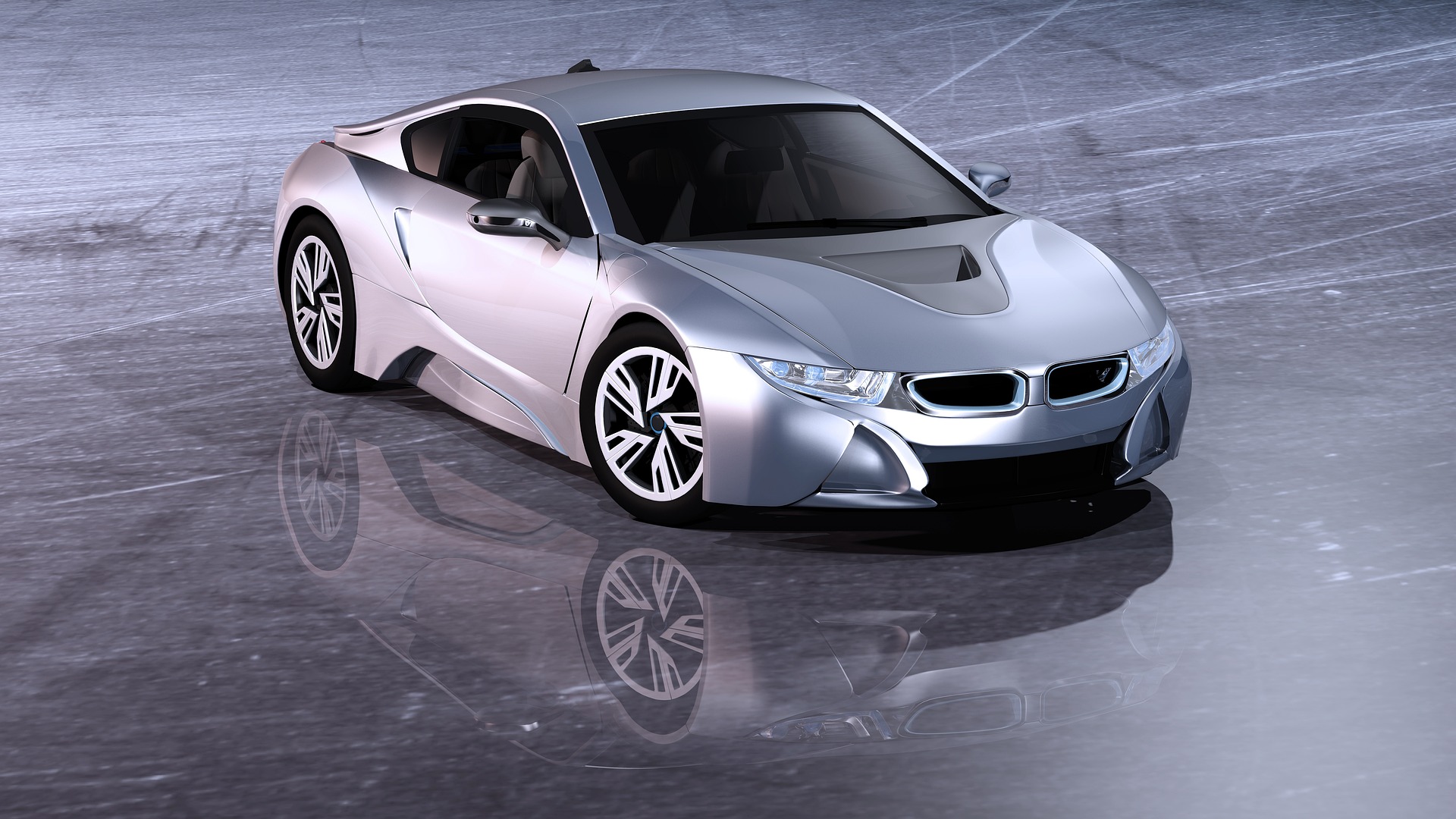Shifting Gears: The Relevance of Continuously Variable Transmissions in Modern Autos
The concept of Continuously Variable Transmission (CVT) isn't new. Its first rudimentary form dates back to Leonardo Da Vinci’s drawings in the 15th century. However, it was only in the late 19th century that the first practical CVT was developed for use in automobiles. This early version, however, had limitations such as low power and poor reliability, making it unsuitable for widespread use.

The 20th century saw significant advancements in CVT technology. Dutch company DAF introduced Variomatic, a CVT system for automobiles in the 1950s. Over time, with improvements in materials and technology, CVTs became capable of handling higher torque loads and delivering better fuel efficiency than conventional transmissions.
The CVT Today: Widespread Adoption and Enhanced Efficiency
In the present day, CVTs are a common sight in many compact and subcompact cars. This is primarily due to their ability to offer smooth acceleration and improved fuel economy. The CVT operates on a simple principle: it uses a belt or chain running between two variable-diameter pulleys to change gear ratios in a seamless, step-less manner. This allows the engine to run at its most efficient speed, irrespective of the car’s speed, thereby optimizing fuel efficiency and reducing emissions.
Expert Insights: The Pros and Cons of CVTs
While the CVT has numerous advantages, it’s not without its drawbacks. On the plus side, it offers improved fuel efficiency, smooth operation, and lighter weight compared to traditional automatic transmissions. Additionally, because it has fewer moving parts, it’s often cheaper to produce and maintain.
However, detractors of the CVT often cite its ‘rubber band’ effect: a delay between the driver’s input and the car’s response, which can feel unnatural for drivers accustomed to conventional transmissions. Furthermore, while modern CVTs are far more reliable than their earlier counterparts, they can still be expensive to repair or replace if they fail.
The Future of CVTs: Industry Trends and Potential Developments
While the CVT has found its niche in compact and subcompact cars, its future in larger vehicles and high-performance cars remains uncertain. However, with continual advancements in materials and technology, this could change. For instance, some manufacturers are experimenting with high-torque CVTs for use in performance cars.
In conclusion, the CVT has come a long way from its humble beginnings. Its unique blend of efficiency and simplicity has earned it a place in the automotive industry. While it may not be the perfect solution for every application, it certainly has its strengths and will continue to be an important part of the automotive landscape.
Driving a CVT: A Personal Experience
As an automotive journalist, I have had the opportunity to drive numerous CVT-equipped cars. The smoothness of acceleration, the absence of gear-shift shock, and the improved fuel efficiency are unmistakable. However, I have also experienced the ‘rubber band’ effect. It’s a different driving experience, but not necessarily a negative one. It’s just another example of how diverse the world of automobiles can be.
Indeed, the CVT represents a significant shift in automotive technology - a shift that challenges our traditional understanding of what makes a car enjoyable to drive, yet also offers new possibilities for efficiency and performance.





